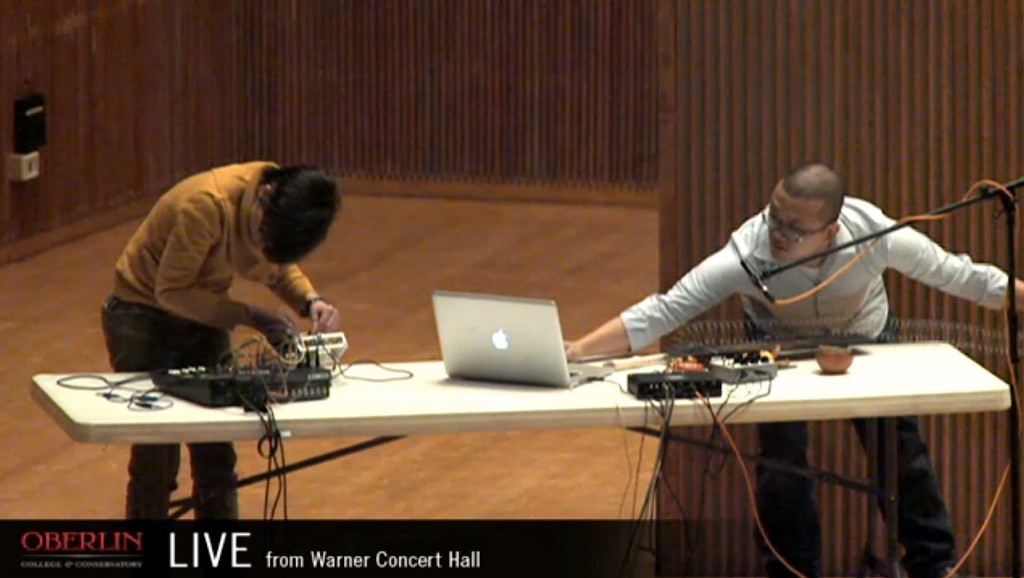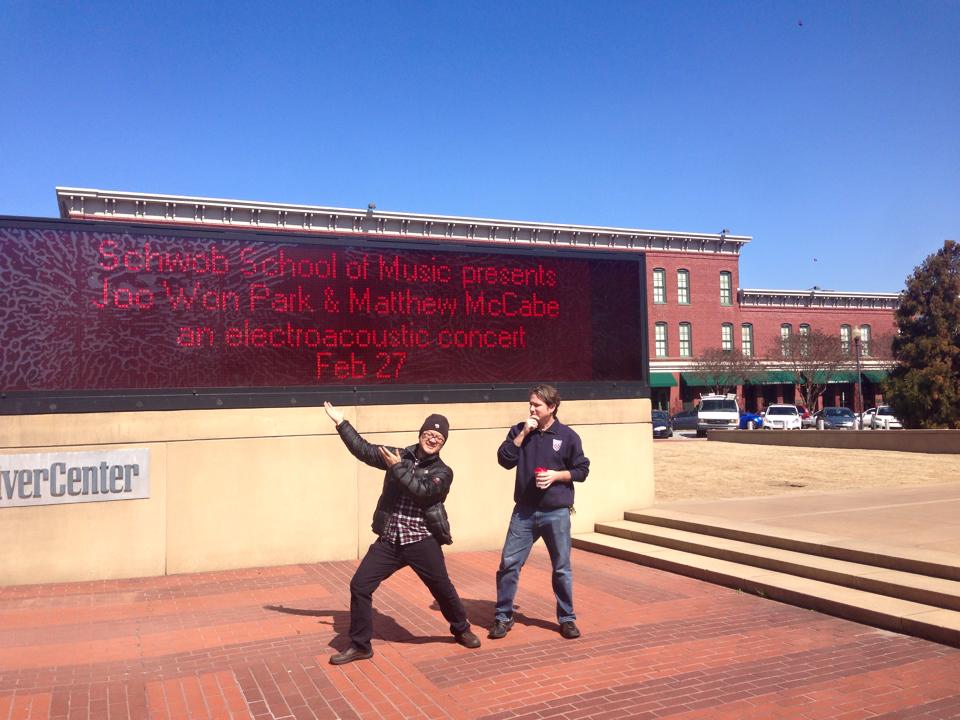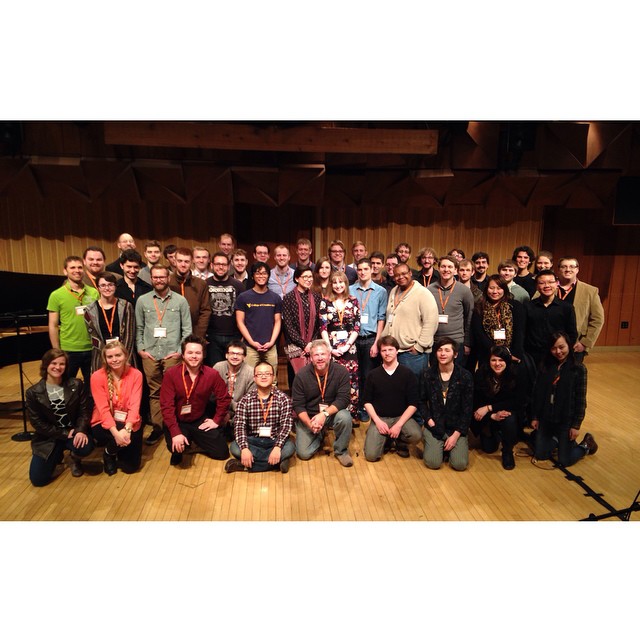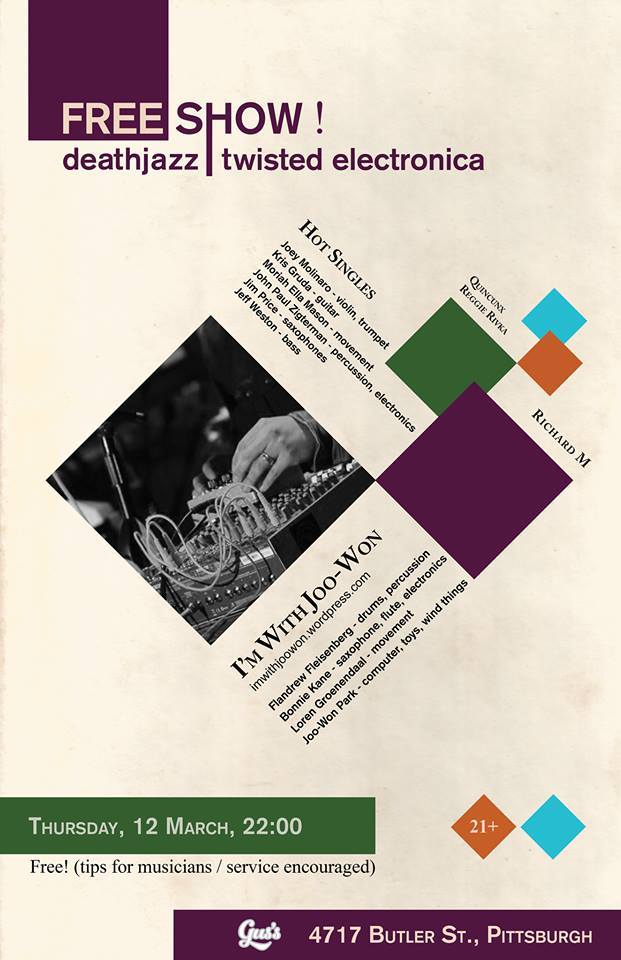I made more illegible drawings in my Digital Signal Processing and Performance Technology classes. Part I can be found at https://joowonpark.net/whiteboards/
I never had this fun teaching classes. Syllabi are available the following links:

I made more illegible drawings in my Digital Signal Processing and Performance Technology classes. Part I can be found at https://joowonpark.net/whiteboards/
I never had this fun teaching classes. Syllabi are available the following links:
My new solo album titled Overundertone will be released on this coming Monday (April 13) by NoRemixes label. If last album, 120V was a collection of my old pieces, this album is a representation of where I am now. Almost all the tracks in the album use computer-synthesized sounds. Just like anything with with the computer, the sounds in this album are precise, digital, almost to the point that it feels unnatural and inhuman. But I like that aspects of computer music.
Album Art work by Sarah Snyder
I think I made an interesting album. I hope you like it, too.
I performed in 5 cities from Feb 25 to Mar 13.
2.25.15 Lyn Goeringer and I performed a duo improvisation at the Oberlin Faculty Concert. It was broadcasted online.

2.27.15 I did a joint concert with Matthew McCabe at the Columbus State University, GA

3.6.15 I was the keynote speaker at N_SEME2015. I performed my solo set and take about my experience as a solo electroacoustic musician.

3.9.15 I performed Toccata for Found Object and Computer at the University of Nebraska at Kearney for is annual New Music Festival. One gas station in Kearney had an interesting offer.

3.12.15 & 3.13.15 My band I’m With Joo Won performed at Gus’ Cafe in Pittsburgh and Oberlin Playlets. The poster features my hand! More importantly, I shared a stage with improvisational punk band.

And yesterday, IWJW released the first album under Starry Night Records.
In sum, life is good.
Click the links below to view or download pdf documents